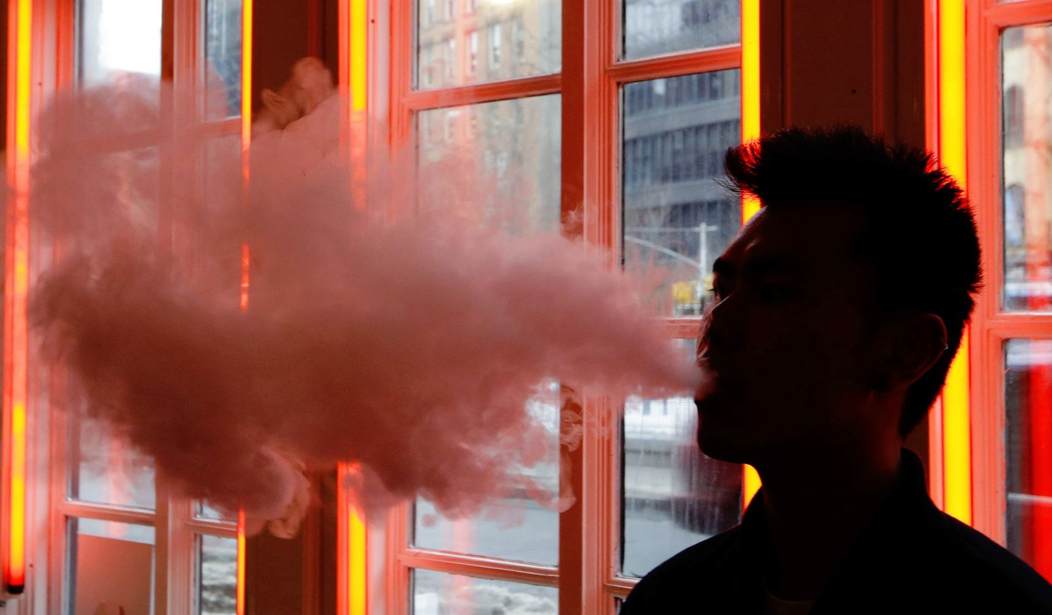Every trick in the book is being used against vaping, but only one seems to be sticking.
On Wednesday, the Trump administration announced a ban on all flavored e-cigarettes in the nation, citing teen usage as the concern. This comes on the heels of former Mayor Michael Bloomberg also announcing a $160 million-dollar campaign to end youth vaping. During his appearance, he commented that vaping could cause kids’ IQ to drop 15 points. Despite both men coming from different political camps, both highlight an important characteristic of the “vaping hysteria.” The war on vaping hinges on youth health.
Since the mid-2000s when a Chinese chemist created the e-cigarette because his father died from cancer, vaping has given a path for people to end the deadly habit. It is widely accepted that vaping is 95 percent safer than smoking and twice as effective with helping people quit than the nicotine patch. In fact, 7 million lives could be saved if smokers switch to vaping.
Already, we are seeing youth take up smoking at record-low numbers, which suggests that vaping is leading kids away from smoking.
Yet despite these waves of research, vaping and smoking are still seen as one and the same. However, the only notable similarity between vaping and cigarettes is nicotine. But is nicotine enough to wage war on the industry?
Here’s what we know about nicotine: it can cause anxiety, mood swings, and irritability along with a few other symptoms. Notably, it is also addictive and thus hard to quit. However, if lawmakers are concerned about youth health, then alcohol should be treated the same as e-cigarettes.
While underage vaping now falls around 20 percent, underage drinking is at 30 percent causing 4,300 deaths and 119,000 emergency room visits annually. Alcohol is also a more dangerous chemical causing people to become hostile and engage in sexual activity. Yet despite the widespread underage access of alcohol, no one has said we need to restrict certain flavors to protect the youth. So why is vaping any different?
Recommended
Many have argued that vaping companies are specifically targeting teens with fruity and dessert flavors. But therein lies three problems.
First, alcohol comes in appealing flavors with options like mango and peach. There are certainly appealing designs and brands ranging from Captain Morgan to the famous “Most Interesting Man in the World” commercials. Yet, clearly no one has argued we must “crack down” on alcohol marketing to protect the youth.
Second, the assumption that kids are the only ones attracted to fruity flavors while adults only prefer earthy flavors is faulty. Extensive research finds that adult smokers looking to quit, prefer fruity and chocolate flavors over menthol-based flavors. Just like flavored alcohol, fruity vapes appeal to everyone.
Third, taking away flavors does not imply teens would suddenly stop vaping. An Ernest and Young report finds that the most common reason people start vaping is because it’s safer than smoking and can help them quit, while the least common reason being “variety of flavors.” It would seem utility, not flavors, are the foundational cause of vaping.
With the rise of vaping has also come the fear of vaping. Yet despite all the progress of decade-low smoking rates among teens, children have been used as the “Trojan Horse” to feed a non-evidence based hysteria. Unfortunately for now, it seems like it’s working.
Janson Q. Prieb works on economic policy and research for the American Consumer Institute, a nonprofit educational and research organization

























Join the conversation as a VIP Member